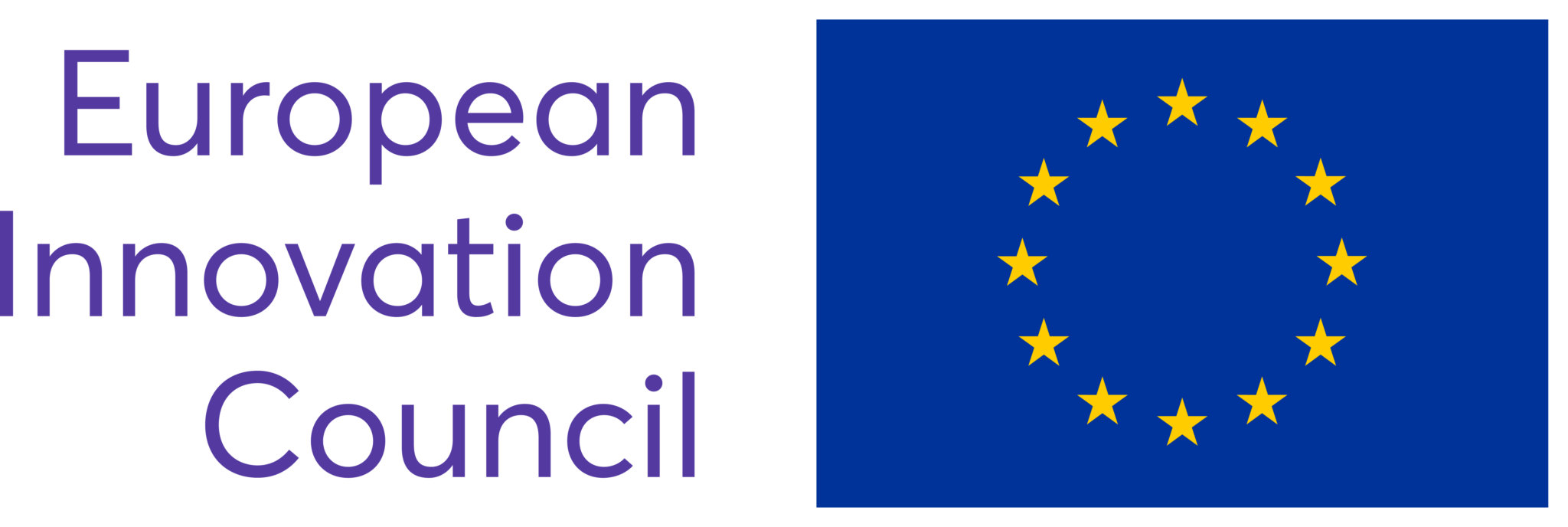What if acoustic sensing technology could surpass the human ear in detecting and interpreting sound? The sound quality of remote video calls would be as pristine as if you were in the same room. Smartphones equipped with ultra-sensitive microphones would allow for studio-quality recording of music and the sounds of nature. Our everyday electronic devices, smart TVs, smart speakers, and even smart cars could reliably be controlled by voice commands regardless of the background noise. Acoustic hearing aids would provide a more natural acoustic experience to those with impaired hearing.
This is the vision of the PIONEAR project, coordinated by the Swedish deep-tech start-up Lumiary. The project received a total of €3.65m in funding from the European Innovation Council (EIC) and the Swiss State Secretariat for Education, Research and Innovation (SERI) to revolutionise digital sound perception. The project’s mission is to redefine the capabilities of sound detection with a pioneering approach and to developa miniature microphone that surpasses the performance of all current microphones, including professional studio microphones, and even the human ear. The envisioned applications of the PIONEAR sensing technology are vast, extending from user electronics, such as mobile phones, videoconferencing systems, and voice-controlled devices to autonomous robotics and hearing aids.
The limits of current microphone technologies. Despite some remarkable advancements in micro-electromechanical systems (MEMS) technology applied to miniature microphones over the past decades, MEMS sensing solutions fall short of replicating the human ear’s perceptive abilities. This is due to inherent physical constraints and results in notable limitations in sound quality and directionality, ultimately causing a significant gap between recorded and live sound. This is particularly pronounced when capturing the full spectrum of high and low frequencies, and in terms of noise disturbance, leading to a less authentic auditory experience.
The PIONEAR project, which is expected to start in February 2024, will develop a radically new approach to digital sound perception to overcome the limitations of MEMS microphones. Led by Lumiary and driven by a multi-disciplinary consortium comprising research and development partners from Ireland (Tyndall National Institute at the University College Cork), Poland (Vigo Photonics, Łodz University of Technology, and Łukasiewicz Institute for Microelectronics and Photonics) and Switzerland (Eastern Switzerland University of Applied Sciences, and accelopment Schweiz AG), the project aims at developing a novel microphone based on a technique called chromometry. “Chromometry uses light to detect sound instead of electrical signals. The microphone we are developing contains a new laser that converts sound pressure changes into colour changes, which can be measured with a remarkable resolution,” said Per Grön, founder and CEO of Lumiary. This novel approach allows the PIONEAR microphone technology to achieve unparalleled sensitivity and dynamic range, capable of capturing the faintest whispers and the loudest roars with exceptional clarity.
Beyond microphones. While the focus of PIONEAR is on creating a novel highly sensitive microphone, the underlying sensing technology could transform many other sensing modalities, such as pressure, ultrasonic, biochemical, gas, and aerosol sensors, as well as accelerometers and gyroscopes. This technology could be particularly impactful in autonomous vehicles and drones for echolocation and navigation. By employing chromometric sensing in other sensors than microphones, PIONEAR could improve these systems’ effectiveness, user experience, and safety.”

Figure 1 – PIONER project consortium


